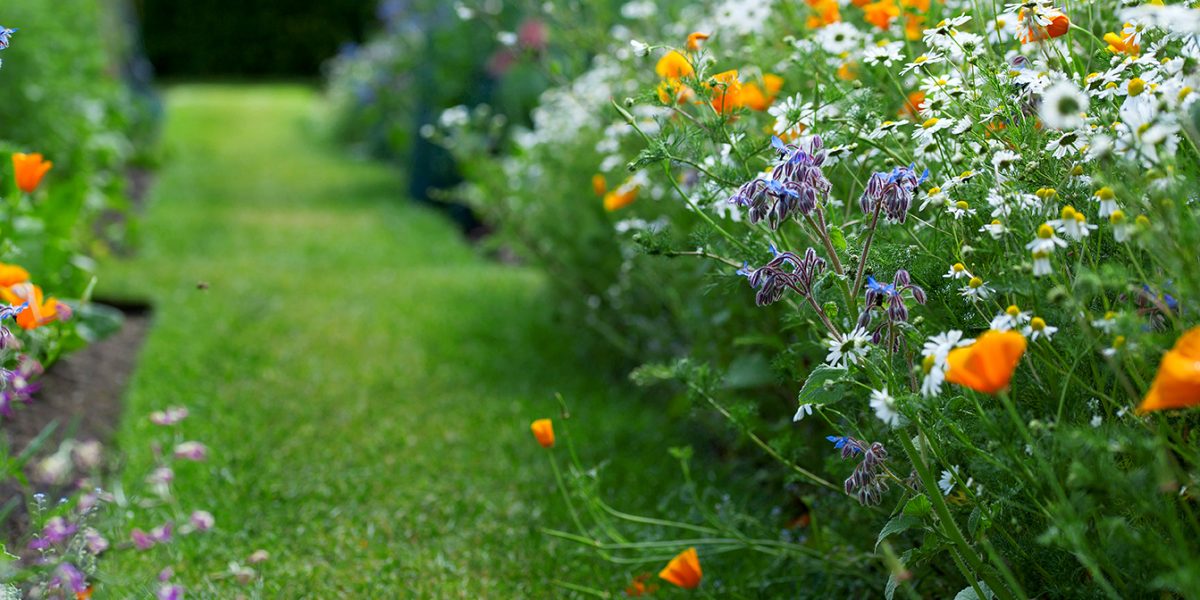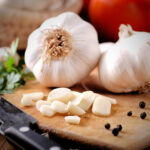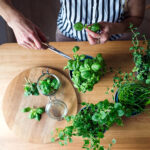To minimize the impact of drought in your landscape and garden, it is crucial to employ the right tools and techniques. Planning ahead and implementing simple practices can soften the blow of drought and help your garden thrive.
Think of the moisture in your soil as a bank account. At a certain point, no more moisture can be withdrawn. Hot weather and low humidity increase the rate at which plants lose water through transpiration.
One of the most critical aspects of mitigating the impact of drought in your garden is thorough planning. By taking proactive measures and implementing thoughtful strategies, you can create a resilient landscape that can withstand dry conditions and reduce water usage.
Make your landscape drought tolerant
Select drought-tolerant plants
Group plants based on water needs
Install water-efficient irrigation systems
Also use Hoses and watering cans
Measure rain
Use a trowel
Use Organic mulch
This article was published by
Michigan State University Extension
![]()














